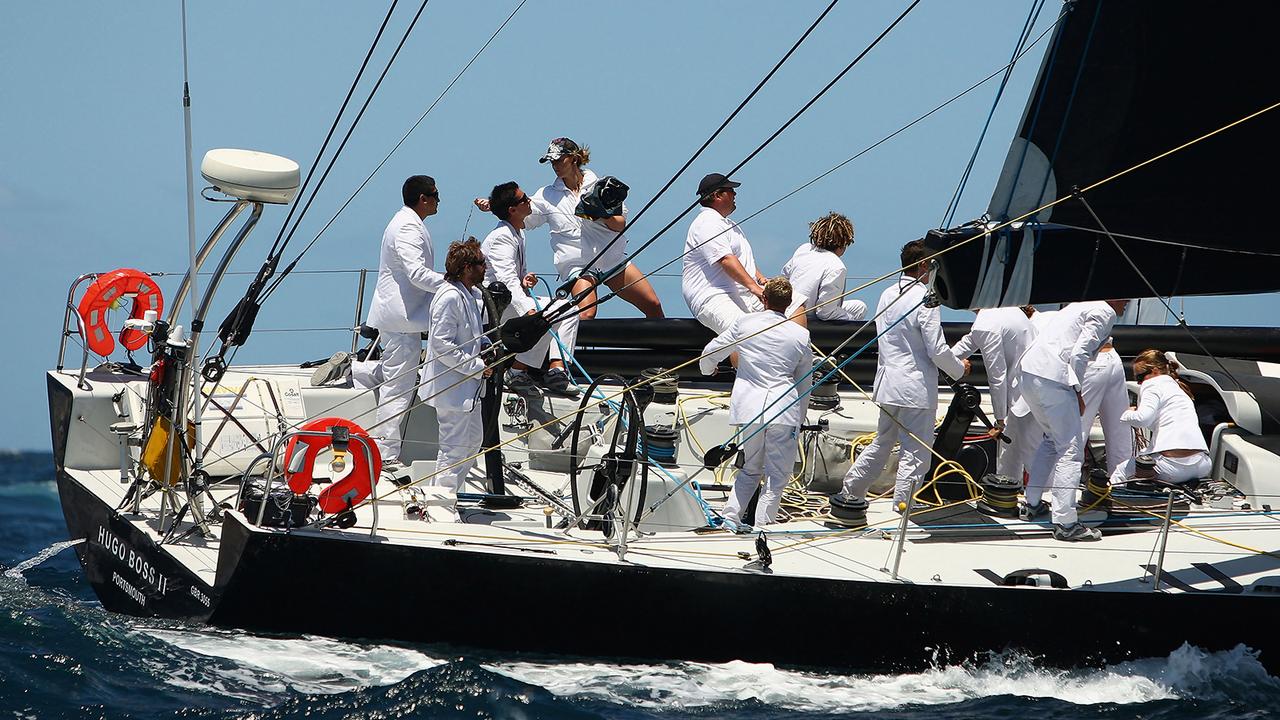
Copied from an article written by Brad Walker – https://www.stretchcoach.com


Regardless of the size of the boat, sailing will require all the upper body strength you can muster. Your upper torso, including your shoulders, arms and abdominal muscles will play a major role in operating a sailboat. Three best Sailing Stretches.
The main muscles in play are the rhomboids, trapezius and rotator cuff in the shoulders, and the deltoids of the upper arms. The biceps and triceps provide the impetus of the pull, working against the wind to keep the boat on course and tacking in the right direction
Here are a few things to consider:
- Conduct a warm-up, including some gentle stretches, prior to getting on the boat.
- Cool down after sailing with some basic sailing stretches.
- A good overall conditioning program to strengthen the muscles mentioned above will help prevent many of the strain and sprain type injuries common to sailing.
- Incorporate cardiovascular training to prevent fatigue during long days and nights spent sailing.
- A comprehensive set of sailing stretches, with emphasis on the lower back, shoulders and arms, will help avoid many of the injuries common to sailing.
- Proper training on water safety and swimming will help prevent drowning or near-drowning injuries.
- Research the weather conditions before leaving and dress appropriately.
- If possible, take frequent breaks and change positions during long sailing periods. This will help prevent the muscles from becoming tight and causing pain.
- Stay well hydrated by drinking water every 20-30 minutes even if you do not feel thirsty. Dehydration leads to fatigue, nausea and disorientation.
Sailing stretches are one of the most under-utilized techniques for improving athletic performance, preventing sports injury and properly rehabilitating sprain and strain injury. Don’t make the mistake of thinking that something as simple as stretching won’t be effective.
Below are 3 of the best stretches for sailing; obviously there are a lot more, but these are a great place to start.
Please make special note of the instructions with each stretch, and if you currently have any chronic or recurring muscle or joint pain please take extra care when performing the stretches below, or consult with your physician or physical therapist before performing any of the following stretches.
Instructions:
Slowly move into the stretch position until you feel the tension of about 7 out of 10. If you feel pain or discomfort you’ve pushed the stretch too far; back out of the stretch immediately. Hold the stretch position for 20 to 30 seconds while relaxing and breathing deeply. Come out of the stretch carefully and perform the stretch on the opposite side if necessary. Repeat 2 or 3 times.
Bent Arm Shoulder Stretch:
Stand upright and place one arm across your body. Bend your arm at 90 degrees and pull your elbow towards your body.
Lying Knee Roll-over Lower Back Stretch:
While lying on your back, bend your knees and let them fall to one side. Keep your arms out to the side and let your back and hips rotate with your knees.
Squatting Leg-out Groin and Adductor Stretch:
Stand with your feet wide apart. Keep one leg straight and your toes pointing forward while bending the other leg and turning your toes out to the side. Lower your groin towards the ground and rest your hands on your bent knee or the ground.
CLICK HERE FOR MORE SAILING TO WIN TIPS

